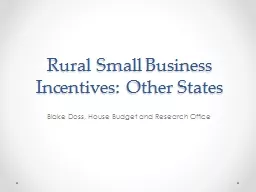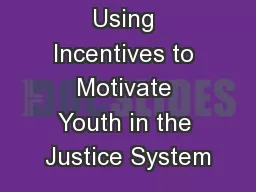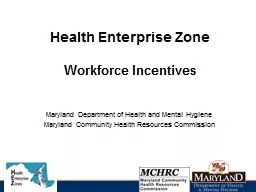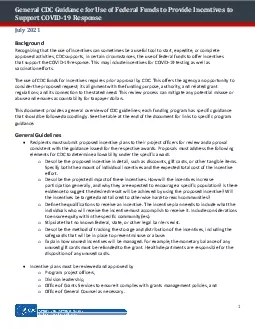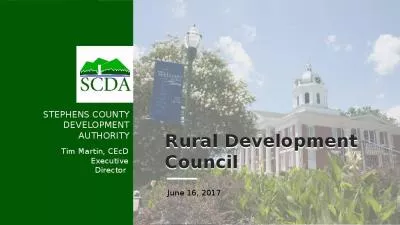PPT-Rural Small Business Incentives: Other States
Author : giovanna-bartolotta | Published Date : 2019-06-21
Blake Doss House Budget and Research Office Georgia Georgia consistently ranks in top 10 for the best state to do business Site Selection Magazine 1 Georgia has
Presentation Embed Code
Download Presentation
Download Presentation The PPT/PDF document "Rural Small Business Incentives: Other ..." is the property of its rightful owner. Permission is granted to download and print the materials on this website for personal, non-commercial use only, and to display it on your personal computer provided you do not modify the materials and that you retain all copyright notices contained in the materials. By downloading content from our website, you accept the terms of this agreement.
Rural Small Business Incentives: Other States: Transcript
Download Rules Of Document
"Rural Small Business Incentives: Other States"The content belongs to its owner. You may download and print it for personal use, without modification, and keep all copyright notices. By downloading, you agree to these terms.
Related Documents

